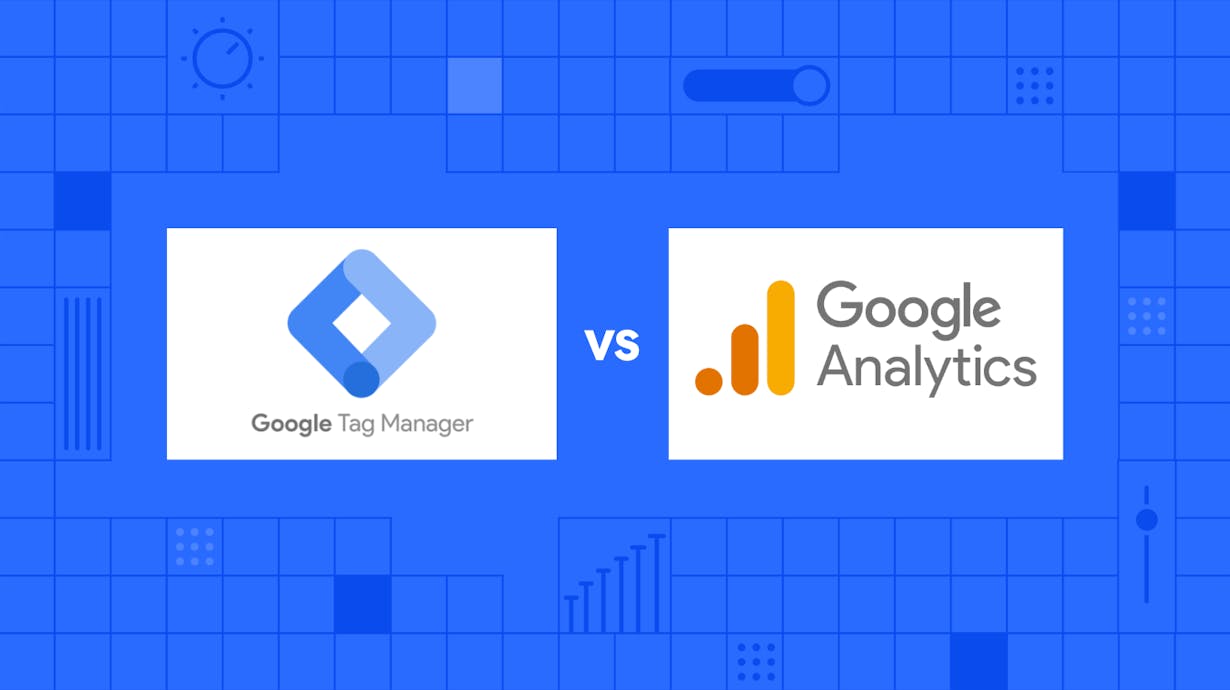The Fact Concerning What Is Not Considered a Source in Google Analytics by Default
The Fact Concerning What Is Not Considered a Source in Google Analytics by Default
Blog Article
Harnessing the Complete Potential of Google Analytics for Service Development
In the realm of digital company strategies, Google Analytics stands as a stalwart device for companies seeking to browse the intricacies of on the internet information. As organizations make every effort to make enlightened choices and optimize their on-line presence, the question occurs: Just how can one really open the complete possibility of Google Analytics to propel company development and accomplish critical goals?
Establishing Google Analytics Account
Setting up your Google Analytics account is a vital initial step in properly tracking and evaluating data for your service growth. To start, visit the Google Analytics web site and check in with your Google account. Next off, click "Start for free" and comply with the motivates to establish up your account by supplying information about your web site, such as the name, LINK, sector group, and reporting time zone.
After finishing these actions, you will certainly receive a tracking ID, which is an unique code that you need to include in your internet site. This code allows Google Analytics to collect data and produce records based upon the task happening on your site. If you are using a system like WordPress., you can include this tracking ID by hand to your web site's HTML code or make use of a plugin.

Recognizing Secret Metrics

Website Traffic Sources: Understanding where your website web traffic is originating from (direct, organic search, social networks, referrals) assists in customizing your marketing approaches to concentrate on channels that drive one of the most site visitors.
Bounce Rate: This metric suggests the portion of site visitors that browse far from your website after viewing only one page - What Is Not Considered A Source In Google Analytics By Default. A high bounce rate may indicate problems with website use or web content relevance
Conversion Price: Tracking the percentage of visitors who complete a desired activity, such as purchasing or signing up for a newsletter, is essential for examining the performance of your internet site in attaining organization objectives.
Pageviews: Monitoring the variety of times each web page on your website is watched gives understandings right into prominent material and user interaction levels.
Implementing Customized Tracking
To improve the depth of insights gathered from Google Analytics, companies can benefit substantially by including custom tracking methods tailored to their particular purposes. Personalized monitoring allows companies to track special information points that are not caught by default in Google Analytics. By carrying out personalized monitoring, business can acquire a much more thorough understanding of individual behavior, conversion patterns, and other key metrics that are essential for making informed organization decisions.
One common approach of personalized monitoring is establishing up event monitoring to monitor details customer interactions on a site, such as click buttons, video views, or downloads. This makes her explanation it possible for businesses to assess the efficiency of their web site components and advertising and marketing projects extra precisely.
Additionally, companies can develop custom measurements and metrics to track and analyze information that is particular to their sector or company version. For instance, an ecommerce firm may establish up customized monitoring to keep track of the efficiency of different item classifications or customer segments.
Analyzing Conversion Paths
By leveraging the insights got from customized monitoring methods, companies can currently concentrate on assessing conversion paths to further refine their understanding of user habits and enhance their conversion methods. Examining conversion courses entails analyzing the sequence of steps individuals take previously completing a preferred action, such as buying or signing up for a solution. By diving right into the conversion courses within Google Analytics, businesses can identify common paths that result in conversions, in addition to any type of traffic jams or drop-off factors that might prevent the conversion procedure.
Through the analysis of conversion courses, businesses can acquire important understandings into the efficiency of their internet site format, content, and calls to action. This data can aid services make educated decisions regarding where to allot sources for maximum effect on conversion prices. By comprehending the different courses customers tackle their trip to conversion, organizations can tailor their advertising methods to far better overview customers through the conversion funnel and ultimately boost their company website overall conversion prices.
Using Advanced Features
Use the full potential of Google Analytics by discovering its advanced attributes to improve your business's data-driven decision-making capacities. One sophisticated attribute worth using is customized coverage. Custom-made reports permit you to customize the data presented to meet your certain service needs and objectives. By creating personalized reports, you can concentrate on the metrics that matter most to your organization, getting deeper understandings into individual actions, conversions, and other vital performance indications.

Additionally, progressed segmentation lets you assess various subsets of your web site's web traffic to recognize patterns, chances, and patterns. By segmenting your target market based on various standards like demographics, behavior, or website traffic sources, you can much better comprehend their preferences and customize your advertising strategies appropriately. Leveraging these advanced functions in Google Analytics can provide useful insights that drive notified decision-making and ultimately contribute to your company's growth.
Final Thought
In conclusion, utilizing web the full potential of Google Analytics for business growth entails setting up an account, comprehending key metrics, carrying out custom tracking, assessing conversion paths, and using sophisticated functions. By making use of these strategies successfully, organizations can acquire useful understandings right into their website performance, individual actions, and conversion prices. This data-driven approach can help companies make notified choices, maximize their online presence, and ultimately accomplish sustainable development.
As services make every effort to make enlightened choices and optimize their online presence, the question occurs: Exactly how can one really open the complete possibility of Google Analytics to propel company growth and accomplish calculated purposes?To improve the deepness of insights gathered from Google Analytics, companies can benefit substantially by integrating custom-made tracking methods tailored to their particular objectives. Customized tracking allows services to track special information points that are not caught by default in Google Analytics. By delving right into the conversion courses within Google Analytics, organizations can recognize usual paths that lead to conversions, as well as any type of bottlenecks or drop-off points that may prevent the conversion procedure.
In verdict, using the complete capacity of Google Analytics for company growth entails setting up an account, understanding vital metrics, applying custom-made tracking, assessing conversion courses, and utilizing innovative functions.
Report this page